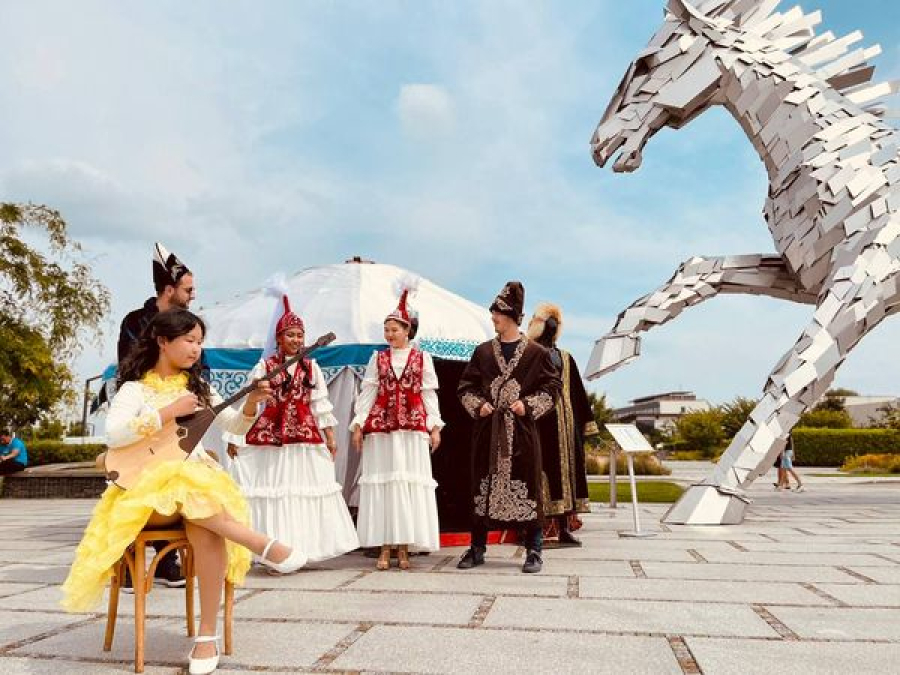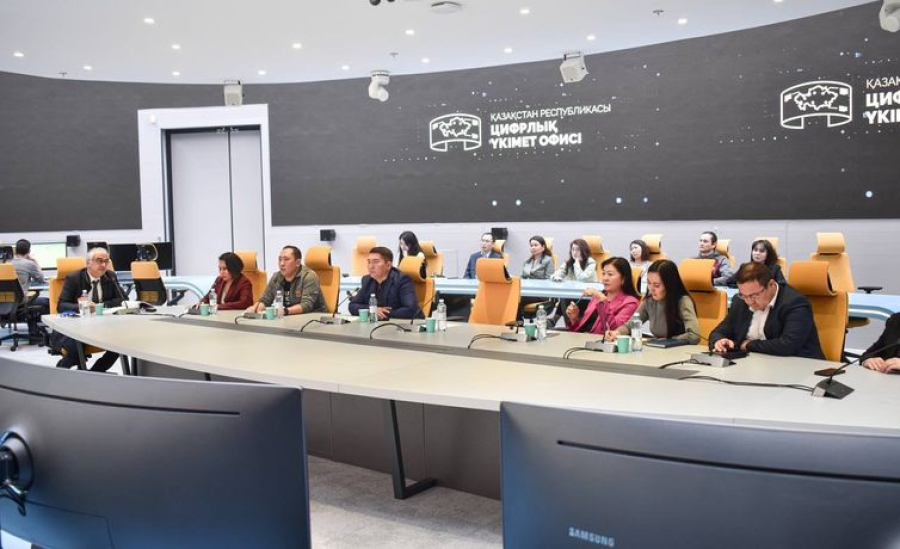First Central Asian BioArts exhibition opens in Kazakh capital
Collaboration of art and science. The first Central Asian BioArts exhibition was opened in Astana. It is organized by the iGEM student club of Nazarbayev University with the support of the Kulanshi contemporary art center. The unique exhibition is devoted to the environment, biology and the theme of human diversity.
For almost a year, young scientists and students of Nazarbayev University nourished the idea of opening such an unusual exhibition. The main goal was to convey the wealth and diversity of the biological world to mankind through art, as not everyone was familiar with it. For example, the work by Anel Umirbayeva presented special tactile 3D models of plant and animal cells designed for children with visual impairments. The author noted that they symbolize the unity of the living organism and all living things in general.
“Here you can find a lot of my works, pictures that we made in our Nazarbayev University laboratories. And the exhibition is fully adapted to blind people. Here you can see the description in three languages, which are written in Braille. We also provide audio description that helps to navigate people through the exhibition. Besides, it will become inclusive and accessible to people without any limitations. Bioart and biodesign are popular trends in Western countries,” said Anel Umirbayeva, exhibition director, student of the biology department at Nazarbayev University.
Students tried to showcase the extraordinary beauty and uniqueness of human DNA, as well as living organisms like bacteria, animal and plant cells. Along with this, all authors endeavored to reflect the current problems of mankind in their exhibits and photographs.
“The exhibition is unique in its content and perception. It unveils human development and environmental problems, as well as the issues related to animal species of the Red Data Book. The exposition displays unusual and unique exhibits indeed, since pictures made by using snail mucus and ants, as well as a human cell magnified 1,000 times are not something you see every day. That is, it is fascinating and beautiful at the same time,” added Leyla Mahat, Chairperson of the Curatorial Board of the Kulanshi Contemporary Art Center.
The exhibition will run for no more than two weeks, because part of the exhibits, representing living organisms in test tubes, cannot be stored in such conditions longer, the organizers note. So, those who want to visit the BioArts exhibition need to hurry up.









